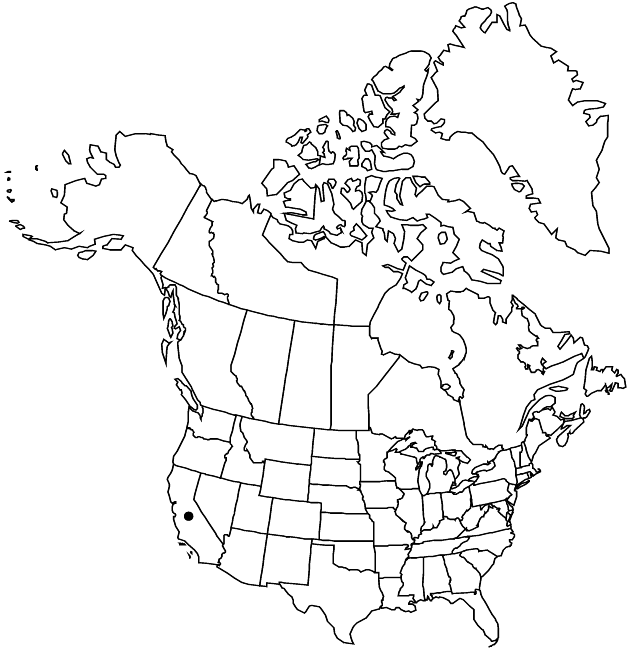Difference between revisions of "Jensia rammii"
Novon 9: 465. 1999.
Endemic
Basionym: Madia rammii Greene Bull. Calif. Acad. Sci. 1: 90. 1885
Treatment appears in FNA Volume 21. Treatment on page 302.
imported>Volume Importer |
imported>Volume Importer |
||
| Line 56: | Line 56: | ||
|publication year=1999 | |publication year=1999 | ||
|special status=Endemic | |special status=Endemic | ||
| − | |source xml=https:// | + | |source xml=https://bitbucket.org/aafc-mbb/fna-data-curation/src/2e0870ddd59836b60bcf96646a41e87ea5a5943a/coarse_grained_fna_xml/V19-20-21/V21_737.xml |
|tribe=Asteraceae tribe Heliantheae | |tribe=Asteraceae tribe Heliantheae | ||
|subtribe=Asteraceae (tribe Heliantheae) subtribe Madiinae | |subtribe=Asteraceae (tribe Heliantheae) subtribe Madiinae | ||
Latest revision as of 21:14, 5 November 2020
Plants 6–60 cm. Leaves: blades 15–100 × 1–3 mm. Involucres urceolate or globose, (3–)4–5 mm. Ray florets 5–12; laminae 4–10 mm. Disc florets 16–65. 2n = 16.
Phenology: Flowering Apr–Jul.
Habitat: Grassy slopes, openings in woodlands and forests
Elevation: 400–1100(–1600) m
Distribution
Loading map...

Calif.
Discussion
Jensia rammii occurs in the western foothills and ponderosa-pine belt of the northern Sierra Nevada, often in clayey soils.
Selected References
None.
Lower Taxa
None.